The Forest
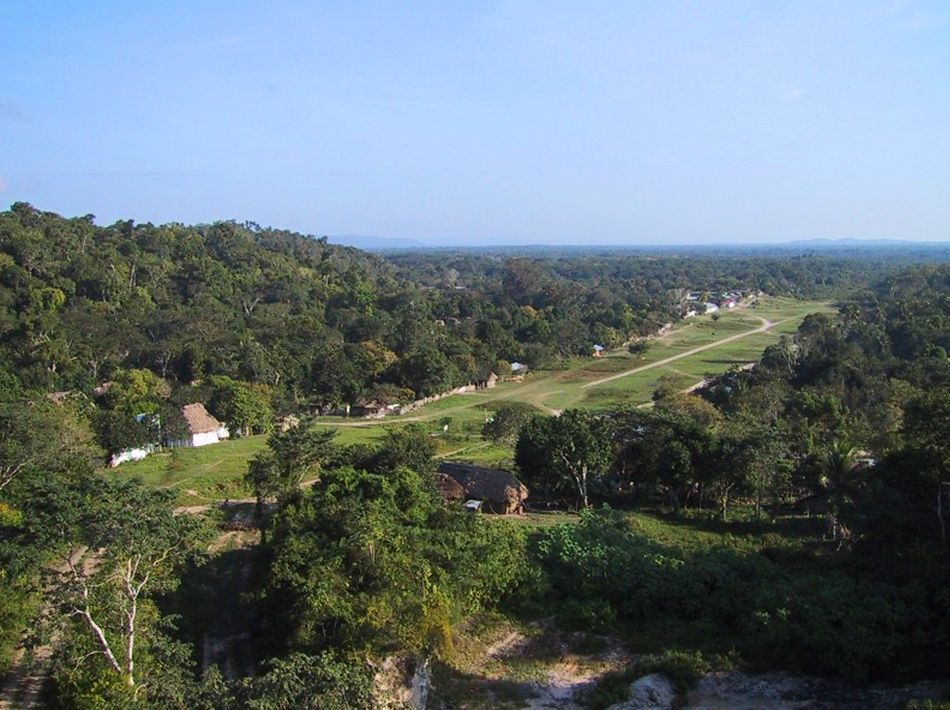
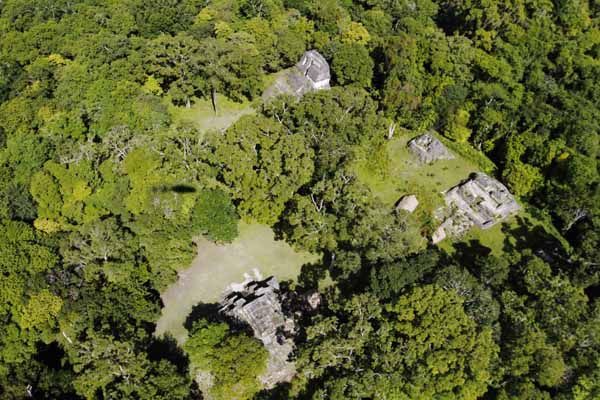
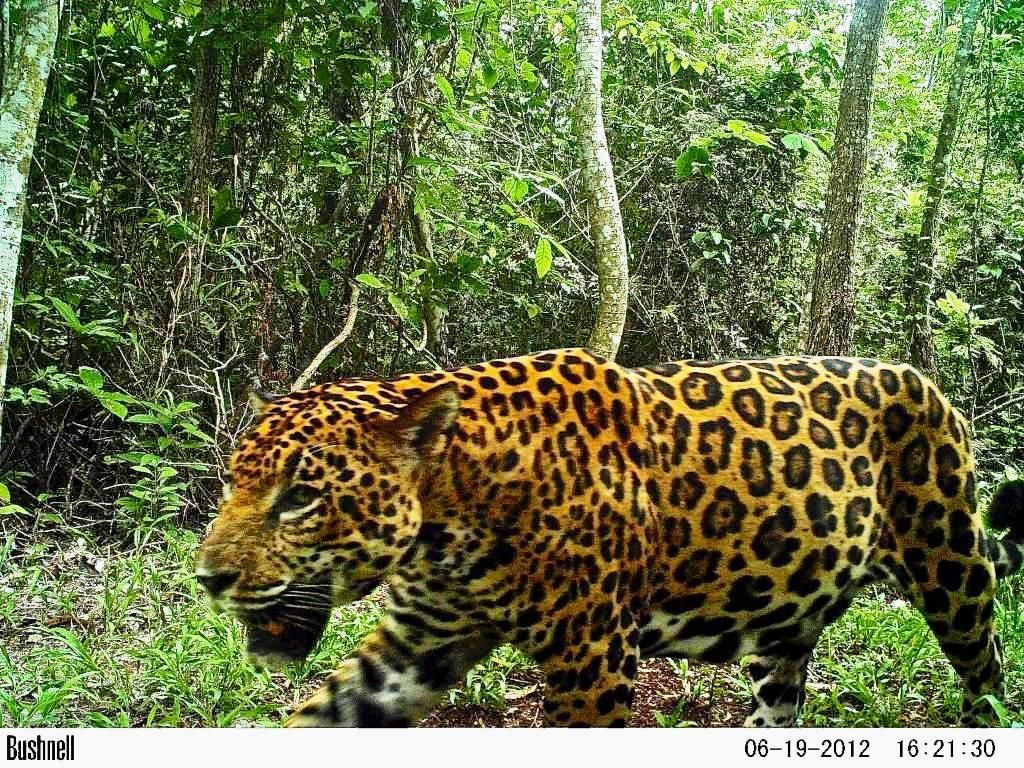
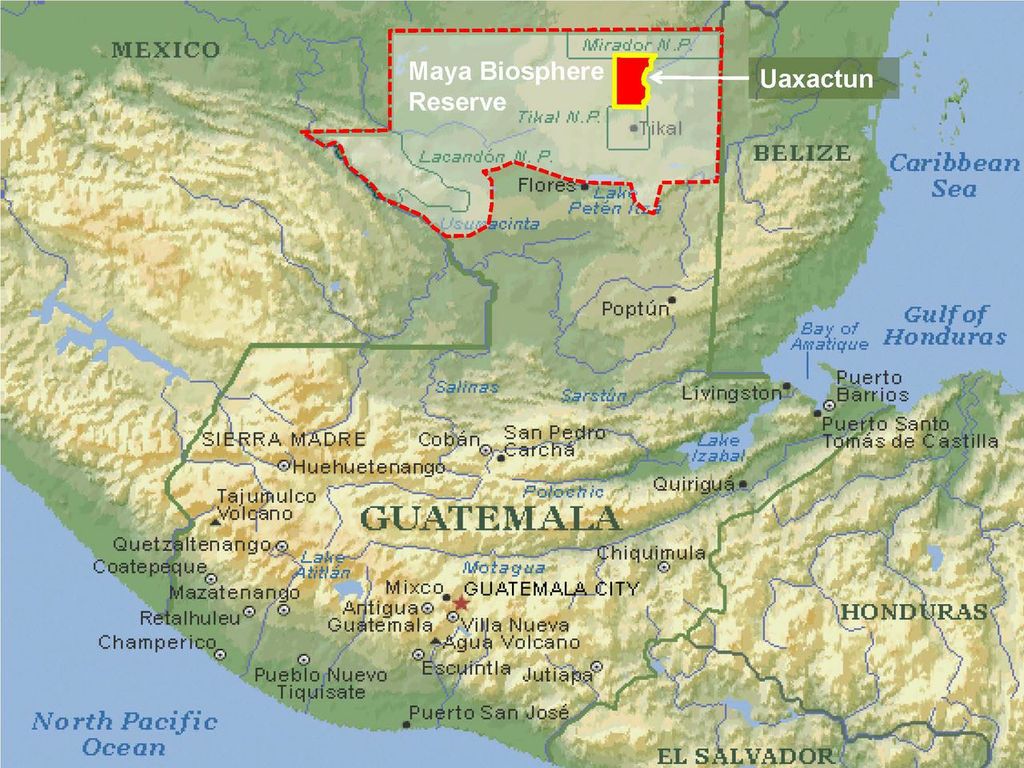
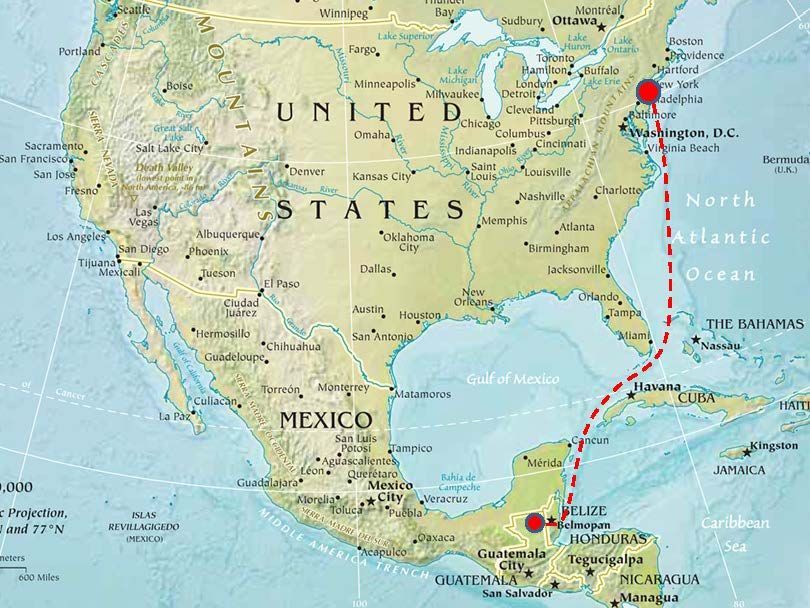
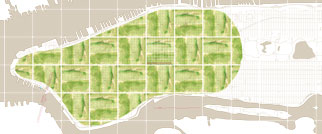
There is an urgent need to place value on forests to prevent their conversion into pasture and cropland—and to develop practical models that are sustainable economically, socially, and environmentally. The Brooklyn Bridge Forest—a delineated area of tropical forest—will be a landmark forest protection model on the world stage, generating wood for the Brooklyn Bridge Promenade in perpetuity and connecting people from around the world in a deeper understanding of the issues affecting forests and our planet. This forest will become a global refuge that is jointly watched over by thousands of international sponsors, scientists, and ordinary citizens around the world.
The most promising site for the Brooklyn Bridge Forest is the Uaxactún (pronounced "wa-shuck-TOON") Community Forest in Guatemala, a country famous for its cultural and biological diversity and its ancient Mayan archeological sites. The community of Uaxactún currently protects about 200,000 acres of rainforest—an area as large as all five boroughs of New York City combined. These 200,000 acres sit within the vast Maya Biosphere Reserve, a protected area that covers about 6 million acres (larger than the entire state of New Jersey). A sprawling rainforest at the heart of the ancient Mayan civilization, the reserve is home to jaguars, countless species of birds, and an amazing diversity of trees, plants, and insects.
The community of Uaxactún and several other communities that live in the forest have a longstanding agreement with the Guatemalan government: As long as the community protects the forest, the government must respect the community's right to use the forest in a sustainable manner. Under this "community concession" system, the people of Uaxactún harvest a variety of products from the forest, including fruits, medicinal and ornamental plants, and chicle (a resin used to make chewing gum). The community is also allowed to harvest limited amounts of timber, under the careful watch of the Guatemalan government, environmental organizations like the Wildlife Conservation Society, and a global forest monitoring group called the Forest Stewardship Council.
Under its long-term management plan, the community harvests timber from a different portion of its 200,000-acre territory each year, using small-scale equipment and replanting thousands of trees in clearings and along roads. The community's low-impact timber harvesting provides jobs as well as resources for health and education. These opportunities in turn have given the community a long-term stake in protecting the forest. Community patrols work hard to defend the forest from the numerous threats in the Maya Biosphere Reserve, which include wildfires, illegal logging and hunting, and in recent years, cattle ranching operations linked to international drug traffickers.
By sourcing from Uaxactún, New York City could support this community in its proud tradition of forest protection, while getting the durable, beautiful, and sustainably-sourced timber that will soon be needed to replace the Brooklyn Bridge Promenade. The funds raised through sponsorship would provide the community and its conservation partners with the resources they need to protect the forest for years to come.



